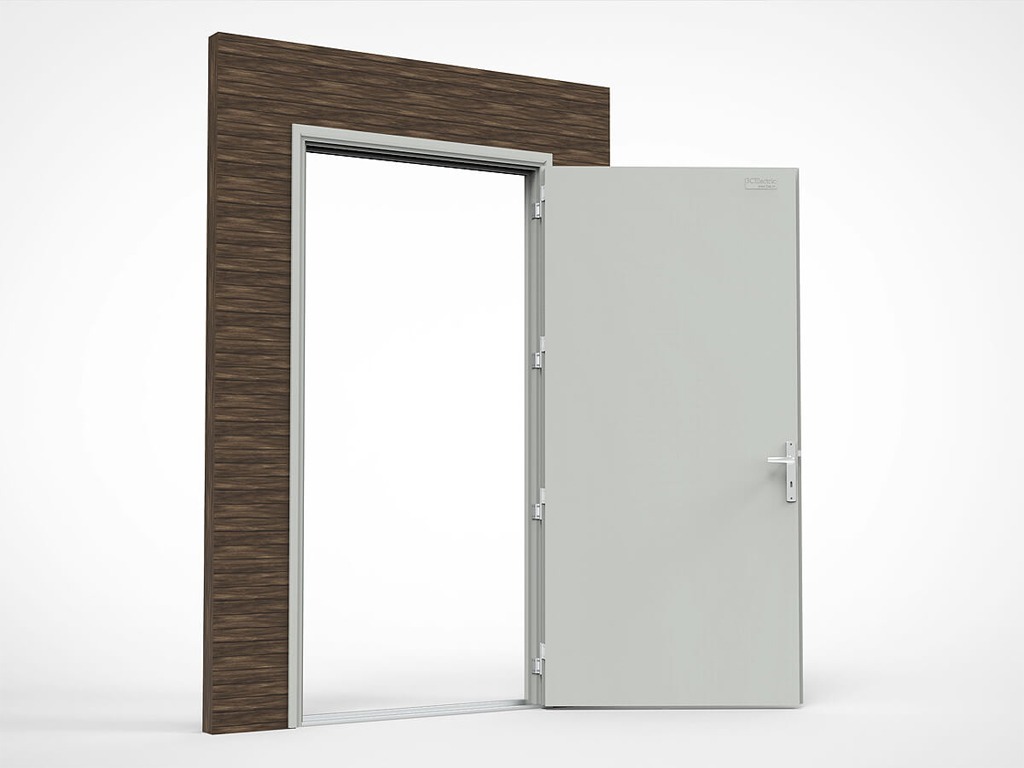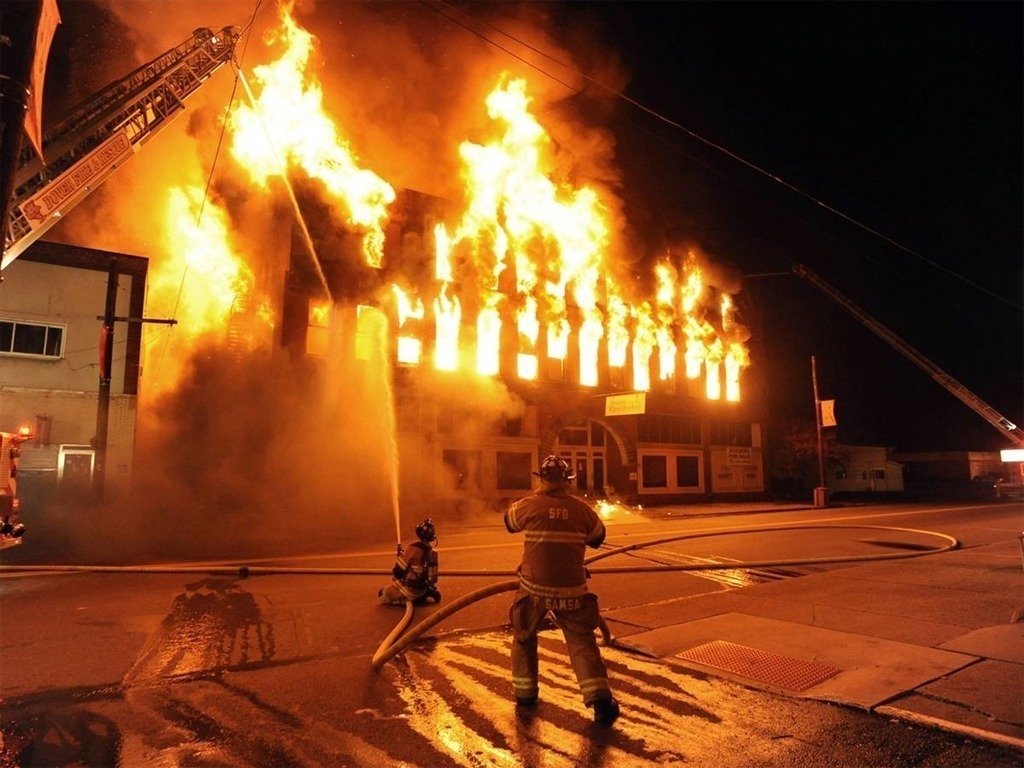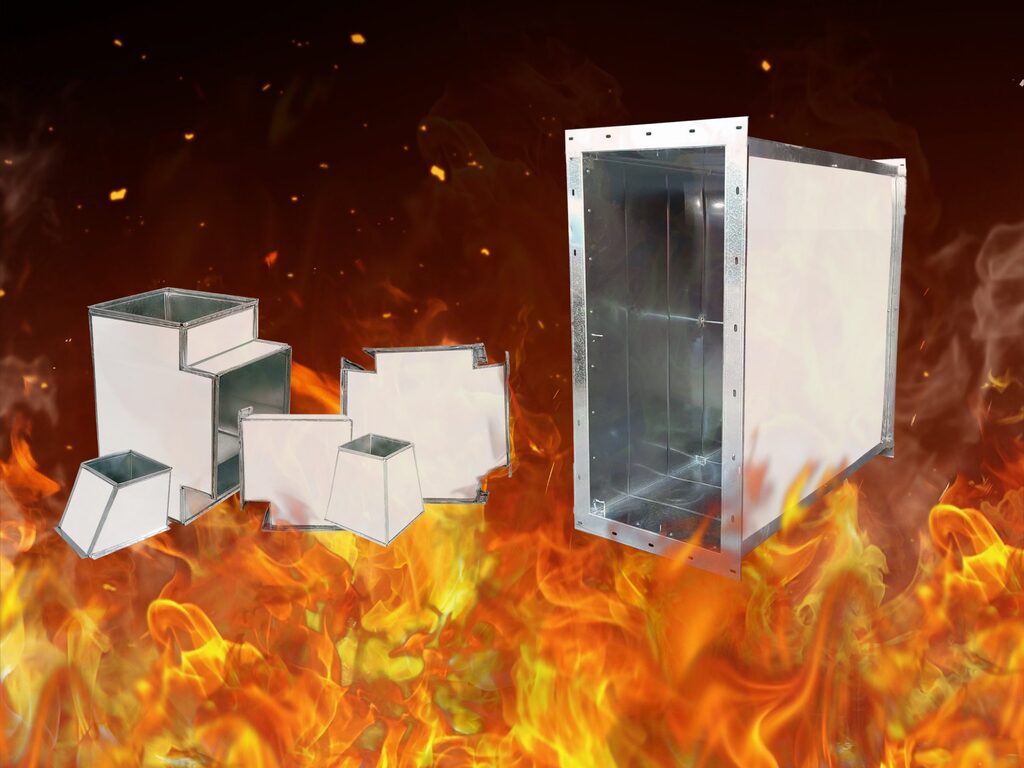Fire resistance standard EI
The EI standard is a set of regulations governing the fire resistance limits of fire-resistant materials such as fire-resistant ducts, fire partition walls, fire doors, etc. The fire resistance limit of a material is the period of time from the start of the fire resistance test under standard heating conditions (standard heating involves gradually increasing the temperature from 0 to over 1500°C) until the product begins to show signs of loss of integrity (such as breaking, cracking, fracturing, etc.). EI stands for “Integrity and Insulation”, where:
- E – Integrity: The limit regarding the integrity of the product (excluding the material’s thermal transmission capability). At this limit, the product maintains its shape and structure without cracking, breaking, fracturing, collapsing, etc. If the product retains its original shape within the required time frame, it is considered to meet the E standard. This limit is often applied in fire resistance requirements for partitions, fireproof paint, ducting systems, etc., to prevent fire from spreading to the other side of the partition, wall, or duct.
- Insulation: The limit regarding thermal insulation capability. At this limit, if the material maintains stable thermal insulation and its structure remains unaffected by heat, it is considered to meet the standard. This limit is typically prescribed for fire containment solutions such as fireproof walls, partitions, fireproof paint, etc., to ensure that in the event of a fire, materials remain intact, and the fire cannot spread to other areas, while the temperature on the remaining surfaces of the material is maintained.









